The secret to landing your next product marketing job? It's not just what you’ve done – it's how you show it.
This four-part series was written for PMMs trying to translate years of behind-the-scenes magic into words that land them a job. I know how hard it is to write about your own experience while you're still in it. So I did it with you, and for you.
I’ve pulled 15 real responsibilities straight from live product marketing job postings. These are common skills, and we see them in listings every day, but they’re often vague, overwhelming, or filled with buzzwords.
For each one, I’ll:
- Define the skill to remove ambiguity
- Share examples of relevant work experience that prove you’ve done it, even if your title didn’t say product marketing manager
My goal is to help you tell your story with clarity and confidence. Not just for the sake of a recruiter or hiring manager, but for yourself. Because sometimes product marketing isn’t about positioning a product. It’s about positioning you.
🚀 Ready? Let’s get started!
#1: Results-driven product marketer to lead the marketing strategy
📘 Definition
To lead a results-driven marketing strategy, a product marketer needs to focus on understanding the market, identifying target audiences, crafting compelling messaging, and continuously analyzing performance to optimize campaigns and achieve business goals.
🔑 Here's a breakdown of key areas and strategies:
✅ 1. Understanding the market and target audience
- Market research: Conduct thorough research to understand customer needs, pain points, and market trends.
- Buyer personas: Develop detailed buyer personas to represent ideal customers and tailor messaging accordingly.
- Competitive analysis: Analyze competitors to identify strengths, weaknesses, and opportunities.
✅ 2. Defining product positioning and messaging
- Value proposition: Clearly articulate the unique value your product offers to the target audience.
- Messaging: Develop consistent and compelling messaging that resonates with the target audience.
- Go-to-market strategy: Create a comprehensive plan for launching and promoting the product.
✅ 3. Driving sales and customer engagement
- Sales enablement: Provide sales teams with the necessary tools and resources to effectively sell the product.
- Demand generation: Implement strategies to generate leads and drive customer engagement.
- Product adoption: Focus on strategies to encourage customers to adopt and utilize the product effectively.
✅ 4. Measuring and optimizing performance
- Key performance indicators (KPIs): Track relevant KPIs to measure the effectiveness of marketing campaigns.
- Data analysis: Analyze data to identify areas for improvement and optimize marketing efforts.
- Continuous improvement: Regularly review and refine the marketing strategy based on performance data and market feedback.
✅ 5. Key skills for a results-driven product marketer
- Strategic thinking: Ability to develop and execute effective marketing strategies.
- Data analysis: Proficiency in analyzing data and identifying trends.
- Communication: Strong communication skills to effectively convey messaging to both internal and external stakeholders.
- Collaboration: Ability to work effectively with cross-functional teams.
- Adaptability: Willingness to adapt and pivot strategies based on performance and market changes.
💼 Relevant work experience
✅ 1. Understanding the market and target audience
- Led market research initiatives across SaaS, IoT, AI, RegTech, and HealthTech industries to define customer needs, buying behaviors, and unmet pain points.
- Created and iterated on detailed buyer personas (e.g., facility managers, clinicians, HR leaders) based on qualitative interviews and Fullstory behavioral analytics.
- Conducted competitive intelligence on key players (e.g., ZoomInfo, AlphaSense, Lusha) and developed positioning matrices to identify differentiation opportunities.
✅ 2. Defining product positioning and messaging
- At ABC Company, redefined the value proposition of ABC Software from a single-feature tool into a multi-product ecosystem, with clear segment-specific messaging for compliance, safety, and operational efficiency.
- As a product marketing consultant, helped clients craft compelling messaging frameworks aligned to customer pain points, use cases, and outcomes.
- Created go-to-market strategies and launch playbooks, including internal enablement, positioning statements, competitive battlecards, and customer-facing assets.
✅ 3. Driving sales and customer engagement
- Built sales enablement assets including battlecards, product sheets, pitch decks, and ROI calculators to empower cross-functional teams.
- Launched demand generation campaigns that aligned lifecycle marketing with lead scoring and persona-based targeting strategies.
- Used product-led growth tactics (A/B testing, in-app messaging) to encourage product adoption and retention, including predictive nudges for app engagement.
✅ 4. Measuring and optimizing performance
- Defined and tracked KPIs for campaign performance (CTR, conversion, activation, churn) across product and marketing initiatives.
- Conducted post-launch retrospectives using funnel metrics and VOC insights to optimize product-market fit and messaging effectiveness.
- Ran data-driven experiments to refine positioning, increase engagement, and improve conversion rates.
✅ 5. Key skills you demonstrate
- Strategic thinking: Shaped holistic GTM strategies for new features and rebranded products across multiple verticals.
- Data analysis: Used tools like Fullstory, interviews, and platform analytics to guide both marketing and product decisions.
- Communication: Regularly created cross-functional documentation (Confluence, Miro, Balsamiq) and presented value propositions to execs, clients, and partners.
- Collaboration: Partnered with product, sales, customer success, engineering, and leadership teams across small and scaling organizations.
- Adaptability: Successfully pivoted strategies in response to customer feedback, leadership changes, market evolution, and internal product shifts.
#2: B2B SaaS product marketing or growth marketing experience
📘 Definition
In B2B SaaS, growth marketing focuses on data-driven, rapid, and scalable growth strategies, while product marketing focuses on understanding the product and market to position it effectively.
Both are essential, with growth marketing often acting as a bridge between product and sales, and product marketing ensuring the product message resonates with the target audience.
🔑 Here's a more detailed breakdown:
✅ 1. Product marketing
- Focus: Understanding the product, its features, and the competitive landscape.
- Goal: Effectively positioning the product in the market and communicating its value to the target audience.
- Activities: Market research, competitive analysis, messaging and positioning, product launch planning, and content creation.
✅ 2. Growth marketing
- Focus: Driving rapid and scalable growth through data-driven experimentation and optimization.
- Goal: Acquiring new users, optimizing conversion rates, and improving user retention.
- Activities: SEO, social media marketing, email marketing, paid advertising, referral programs, and A/B testing.
🔍 Why both are important
Product marketing ensures that the product is positioned correctly and resonates with the target audience, while growth marketing drives the actual acquisition and retention of those customers.
Both roles are essential for a successful B2B SaaS company, and they often work in tandem to achieve overall growth goals. A strong product marketing foundation is crucial for growth marketing to be effective, as the messaging and positioning need to be clear and compelling. Growth marketing can then leverage that foundation to drive rapid and scalable growth.
💼 Relevant work experience
Did your product messaging lead to increased demo requests? Did your A/B test lift conversions? Did your onboarding improvements reduce churn or boost activation?
Pairing strategy with performance shows hiring managers you’re not just doing the work, you’re driving results.
✅ 1. Product marketing
Focus
- Led product positioning and messaging at ABC Company to transform a single-feature solution into a multi-product B2B SaaS platform targeting hospitality, health, and education verticals.
- Created market research frameworks to identify customer needs, buying triggers, and value drivers across HealthTech, HR tech, and compliance industries.
- Conducted competitive intelligence and win/loss analysis on industry rivals like Competitor 1 and other Reg-Tech and IoT providers to sharpen differentiation.
Goal
- Crafted segment-specific messaging for key personas (facility managers, HR leaders, compliance officers) to articulate clear, outcome-driven value propositions.
- Translated complex technical features into customer-facing messaging that emphasized ROI, risk mitigation, and operational efficiency.
- Developed sales collateral, pitch decks, and product one-pagers aligned with ICP pain points and outcomes.
Activities
- Built go-to-market strategies and internal launch readiness plans for new features, integrations, and platform upgrades.
- Created enablement content for sales and CS teams, including battlecards, talk tracks, and training decks.
- Partnered with product to create customer journey maps, onboarding flows, and in-app copy that reflected product messaging.
✅ 2. Growth marketing
Focus
- Designed growth experiments including A/B testing subject lines, feature naming, and call-to-action placements across emails and in-app experiences.
- Used Fullstory and other analytics to inform user behavior insights, drop-off points, and potential upsell triggers within the product.
- Applied PLG strategies by ideating predictive nudges and behavior-based notifications to improve product engagement.
Goal
- Partnered with marketing to improve lead nurture and email workflows, increase qualified pipeline, and reduce churn.
- Worked on onboarding optimizations to reduce time-to-value and increase early activation and retention.
- Conducted post-launch analysis of adoption metrics and retention trends to inform ongoing growth initiatives.
Activities
- Created and reviewed email campaign content aligned with product milestones, releases, and behavior triggers.
- Proposed content marketing and SEO-focused strategies to attract top-of-funnel audiences via VOC insights.
- Developed product-led content (help docs, release notes, videos) to drive education and self-serve success.
#3: Advanced Performance marketing tools and automation to execute and manage campaigns efficiently
📘 Definition
To efficiently execute and manage performance marketing campaigns, consider tools like Adobe Marketo Engage, Oracle Eloqua, Salesforce Marketing Cloud, HubSpot, and AI-powered platforms for automation, real-time optimization, and campaign management across various channels.
🔑 Here's a breakdown of tools and strategies for advanced performance marketing:
✅ 1. Marketing automation platforms
- Adobe Marketo: A comprehensive platform for planning, executing, and measuring omnichannel campaigns, offering features like email automation, lead nurturing, and multi-step campaigns.
- Oracle Eloqua: A platform empowering businesses to create, execute, and measure marketing campaigns with precision and efficiency, focusing on personalized and targeted communication.
- Salesforce Marketing Cloud: A powerful B2B marketing automation tool designed to supercharge sales and marketing alignment, generating leads, accelerating sales pipelines, and unlocking insights into marketing performance.
- HubSpot: A comprehensive marketing automation platform with a wide range of features, including email marketing, social media management, and lead generation tools.
- ActiveCampaign: A popular email marketing automation platform that empowers businesses to create, send, and track email campaigns, offering features like automated trigger campaigns and segmented follow-up messages.
- Constant Contact: A widely recognized email marketing automation platform that empowers businesses to effectively create, send, and track email campaigns.
- Customer.io: A platform focused on real-time marketing automation, enabling businesses to send personalized messages to customers based on their behavior and preferences.
✅ 2. AI-powered tools
- Albert by Zoomd: A marketing automation platform powered by artificial intelligence, excels at real-time optimization, automatically adjusting ad campaigns across social media, search, and display ads.
- Amanda AI: An AI-driven marketing automation tool that specializes in optimizing digital advertising campaigns, leveraging machine learning to enhance ad targeting, bidding, and performance across various platforms.
✅ 3. Performance marketing platforms
- Affise: A performance marketing system platform for ad networks, media buying teams, marketing agencies, and brands.
- Everflow: A partner marketing platform that tracks and manages all marketing channels, provides ROI analytics, and automates compliance and optimization of marketing strategies.
- Voluum: An ad-tracking tool for optimizing marketing campaigns through a performance marketing automation platform.
✅ 4. Other tools and strategies
- Google Analytics 4: A powerful tool for collecting data from websites and apps to create valuable reports and track website performance.
- Google Search Console: A tool for monitoring and maintaining your website's presence in Google Search results.
- Hootsuite: A social media management platform that helps businesses streamline their social media marketing efforts, including event promotion.
- Meltwater: A comprehensive media monitoring and social listening platform that helps B2B marketers understand the impact of their digital marketing efforts.
- Leadfeeder: A marketing automation platform that helps businesses initiate, manage, and optimize their email marketing efforts.
- Campaign Monitor by Marigold: An email marketing and automation platform that helps businesses create, send, and track effective email campaigns.
- Zapier: A platform that helps automate tasks and workflows between different apps and services.
- ClickUp: An all-around great automation platform to help make almost any project more efficient.
- AdRoll, a division of NextRoll: A powerful AI-driven advertising platform designed to optimize marketing campaigns across multiple channels.
✅ 5. Key considerations for performance marketing
- Data-driven decisions: Use analytics tools to track campaign performance and make data-driven decisions.
- Personalization: Leverage automation and AI to personalize customer experiences and tailor messaging.
- Omnichannel approach: Execute campaigns across multiple channels (email, social media, web, etc.) to reach a wider audience.
- A/B testing: Continuously test different elements of your campaigns to optimize performance.
- Segmentation: Segment your audience based on demographics, behavior, and other factors to deliver more targeted messaging.
💼 Relevant work experience
For HubSpot, Zapier, Google Analytics, or generative AI, show how these platforms helped you improve efficiency, scale campaigns, or increase conversions.
Recruiters want to know that you didn’t just have access to these tools, but that you knew how to use them strategically and effectively.
✅ 1. Marketing automation platforms
HubSpot
- Led initiatives using HubSpot to automate email workflows, nurture leads, and manage customer segments for targeted campaigns.
- Built campaign journeys using behavior-based triggers and lead scoring to guide prospects through the funnel.
- Used HubSpot’s dashboards to track open rates, conversions, and MQL velocity, and partnered with sales to refine campaigns based on insights.
Zapier
- Automated multi-step internal workflows and campaign reporting, reducing manual tasks across marketing and product operations.
- Connected HubSpot, Slack, Google Sheets, and Gmail to enable real-time notifications, lead assignments, and pipeline updates.
Campaign Monitor / ActiveCampaign
- Familiar with email marketing best practices across B2B SaaS, especially as part of lead nurture, new feature launches, and user onboarding.
ClickUp
- Used ClickUp to manage cross-functional campaign planning, track deliverables, and monitor campaign timelines during GTM execution.
✅ 2. AI-Powered Tools & Personalization
ChatGPT (and GenAI in general)
- Regularly used generative AI to draft campaign messaging, brainstorm CTA variants, and personalize content across different user segments.
- Applied GenAI to streamline copy development for email subject lines, product announcements, customer onboarding, and social content.
Predictive messaging concept (product-led growth)
- Proposed predictive notifications in-app to enhance user engagement, using behavior-driven models for proactive communication.
✅ 3. Performance marketing, data, and analytics
Google Analytics & Google Search Console
- Reviewed web traffic and behavior flow to inform content performance, campaign effectiveness, and conversion bottlenecks.
- Used analytics data to support post-launch performance reviews and identify optimization opportunities.
A/B testing & segmentation
- Ran experiments on subject lines, CTAs, onboarding flows, and product naming to improve open rates, conversions, and engagement.
- Segmented users by persona, lifecycle stage, and behavior to tailor messaging and increase relevancy.
Leadfeeder
- Familiar with intent-based tools like Leadfeeder to identify anonymous traffic and enable warm outreach through sales enablement campaigns.
✅ 4. Omnichannel Campaign Execution & Other Tools and Strategies
Hootsuite / Social Media Tools
- Created content strategies and cadences for LinkedIn, newsletters, product updates, and event promotions across company channels.
- Partnered with internal teams to align messaging across email, web, and social during key launches.
Meltwater (media monitoring / listening)
- While you may not have used Meltwater directly, your VOC approach and market insight strategies are aligned with what Meltwater enables, tracking media signals, trends, and sentiment.
AdRoll / retargeting experience (conceptual)
- Collaborated with marketing teams on retargeting strategies, email nurtures, and campaign optimization using behavioral triggers.
✅ 5. Key Considerations You’ve Demonstrated
- Data-driven decisions: You regularly use analytics tools (FullStory, HubSpot, GA) to assess campaign effectiveness and guide iteration.
- Personalization: You’ve designed messaging frameworks personalized by persona, behavior, and lifecycle stage.
- Omnichannel: You've coordinated launches and engagement campaigns across email, web, in-app, social, and partner channels.
- A/B testing: You've run strategic tests across campaign assets and shared insights with stakeholders to refine GTM.
- Segmentation: You've built and refined buyer personas and led initiatives tailored by customer segment and use case.
✨ Final thoughts
Thank you for joining me for part one of this series. I hope it helped, even in a small way, as you refine your resume and prep for interviews. Don’t forget about all the incredible work you’ve done.
If this resonated with you, share it with fellow PMMs. I’d love to hear from you. Tell me what landed. Tell me what you need more of. If there’s interest, maybe I’ll write a follow-up series for product managers and product owners, because their stories deserve clarity and confidence too.
Until then, keep going. Your work matters. Your story matters. And I’m rooting for you. 💛
Cindy :-)
Dive into the next installment in this series here:
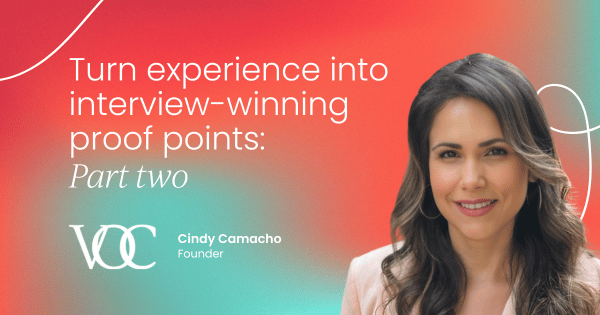
This article was originally published in Cindy Camacho’s Voice of the Customer newsletter.





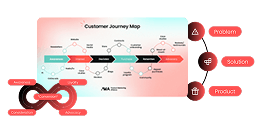



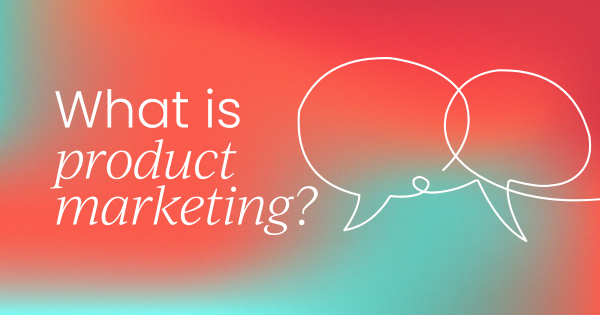
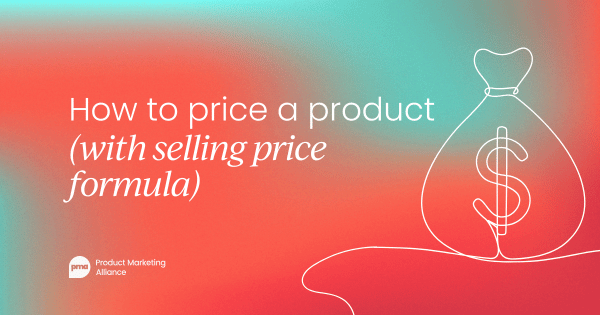
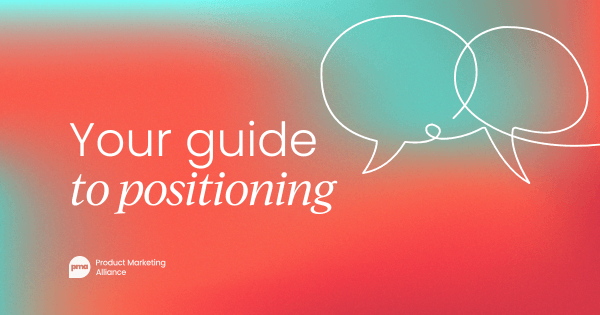
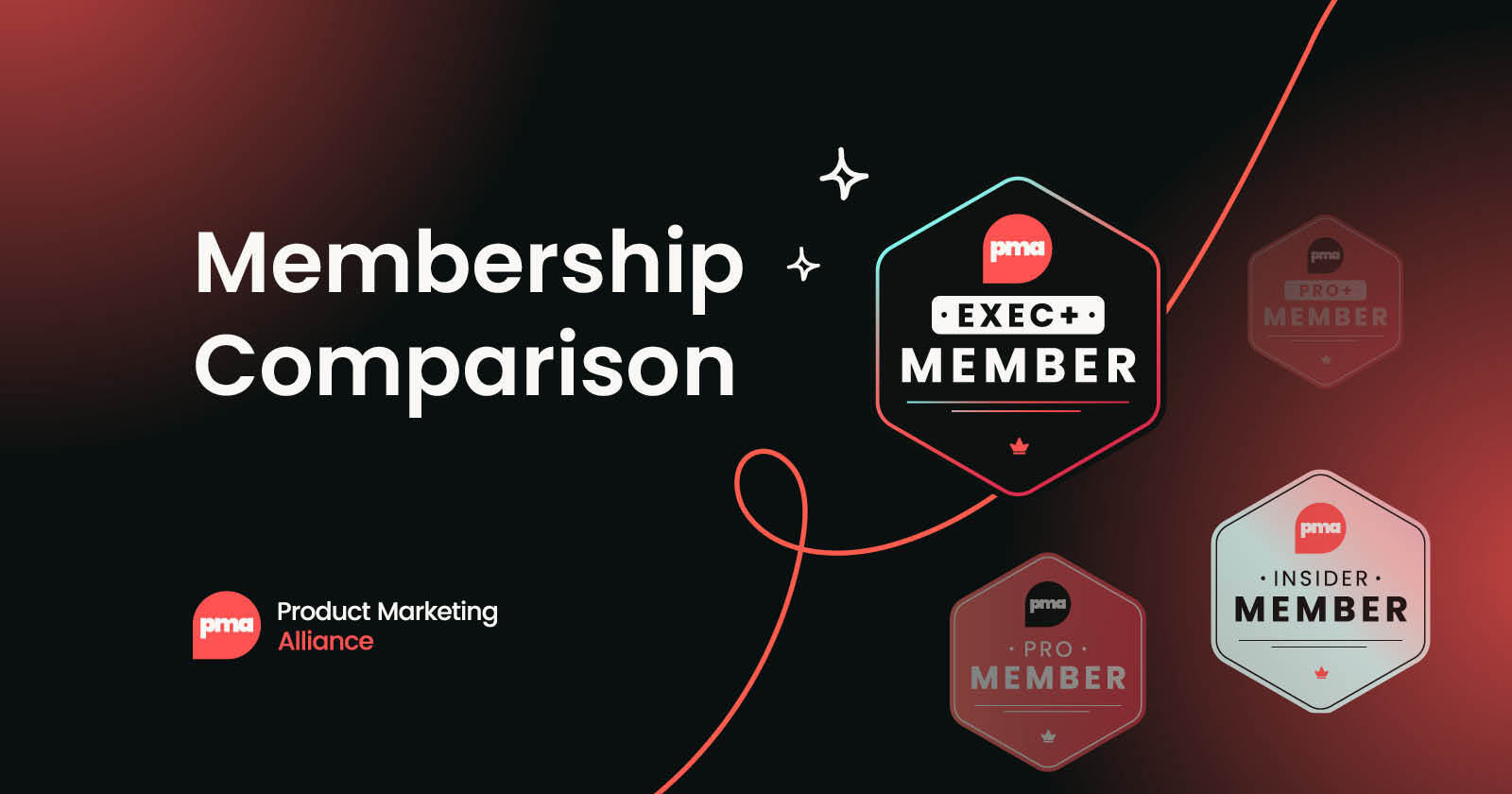
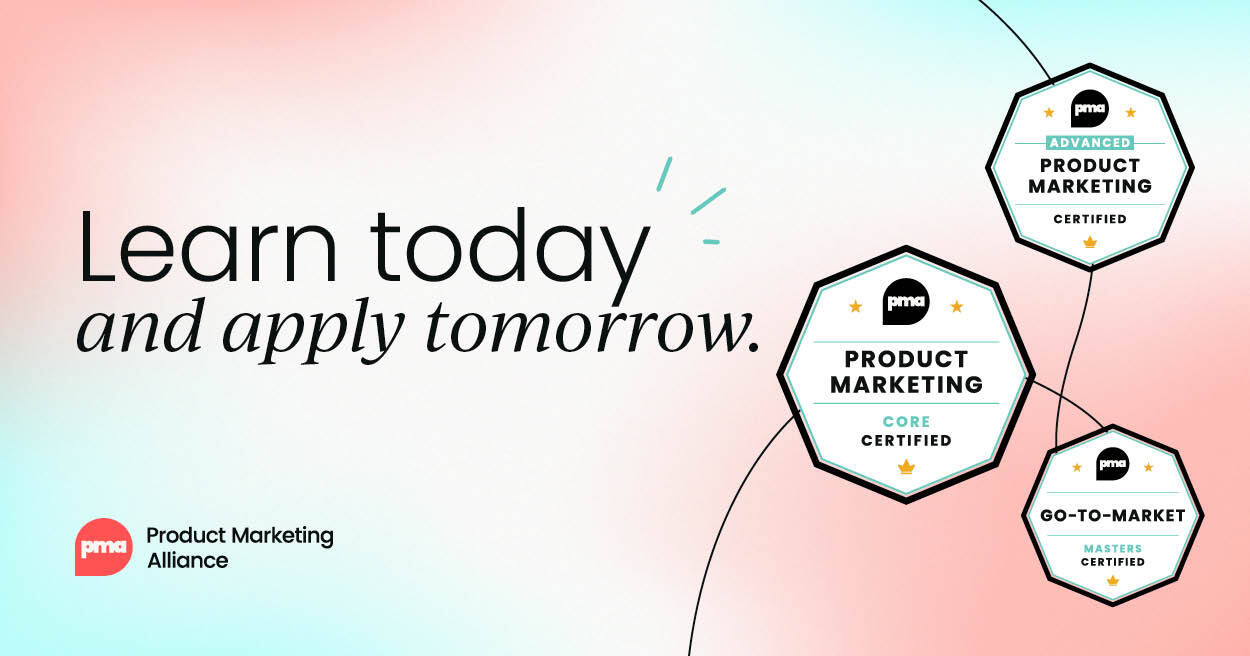
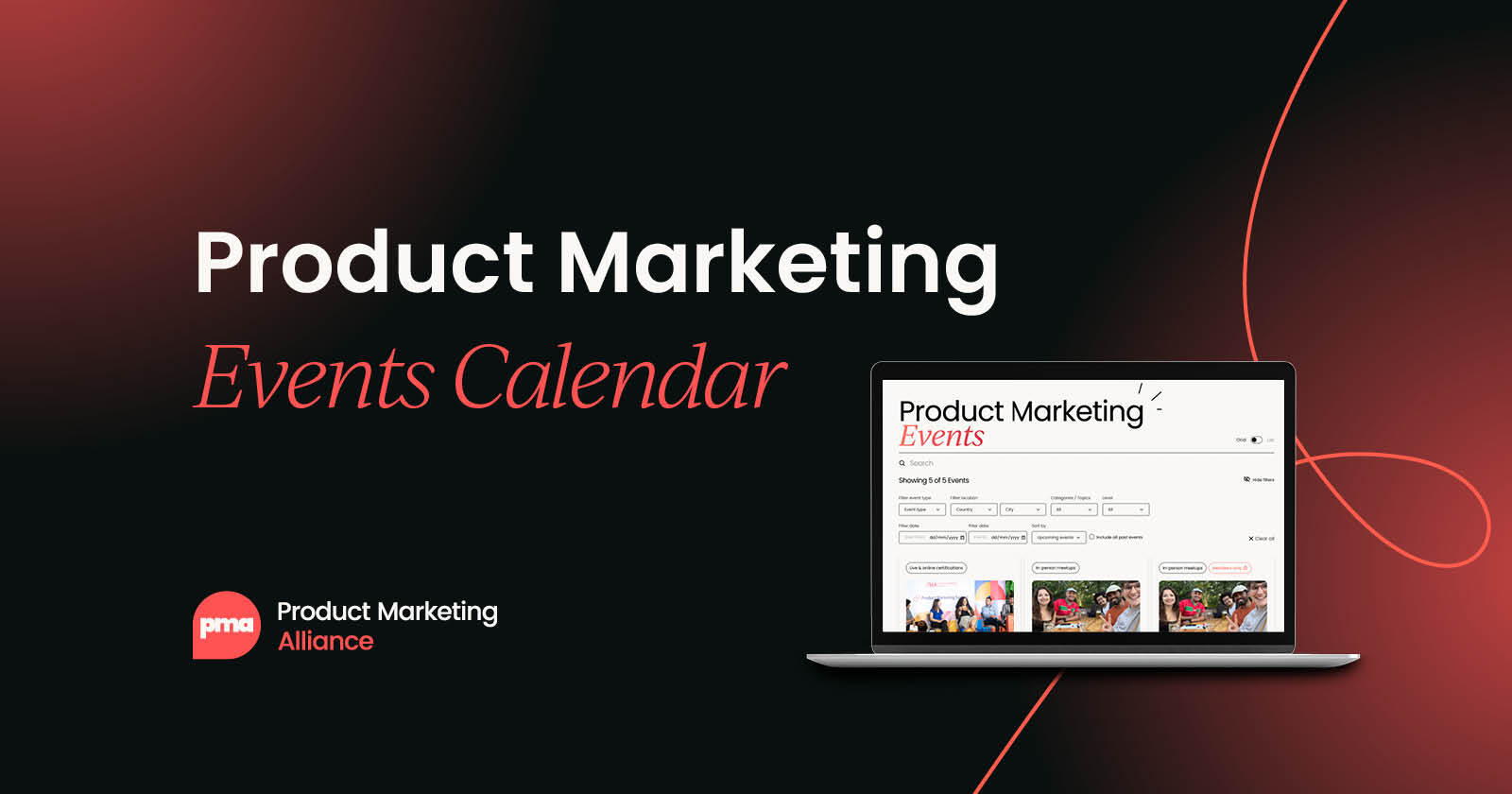
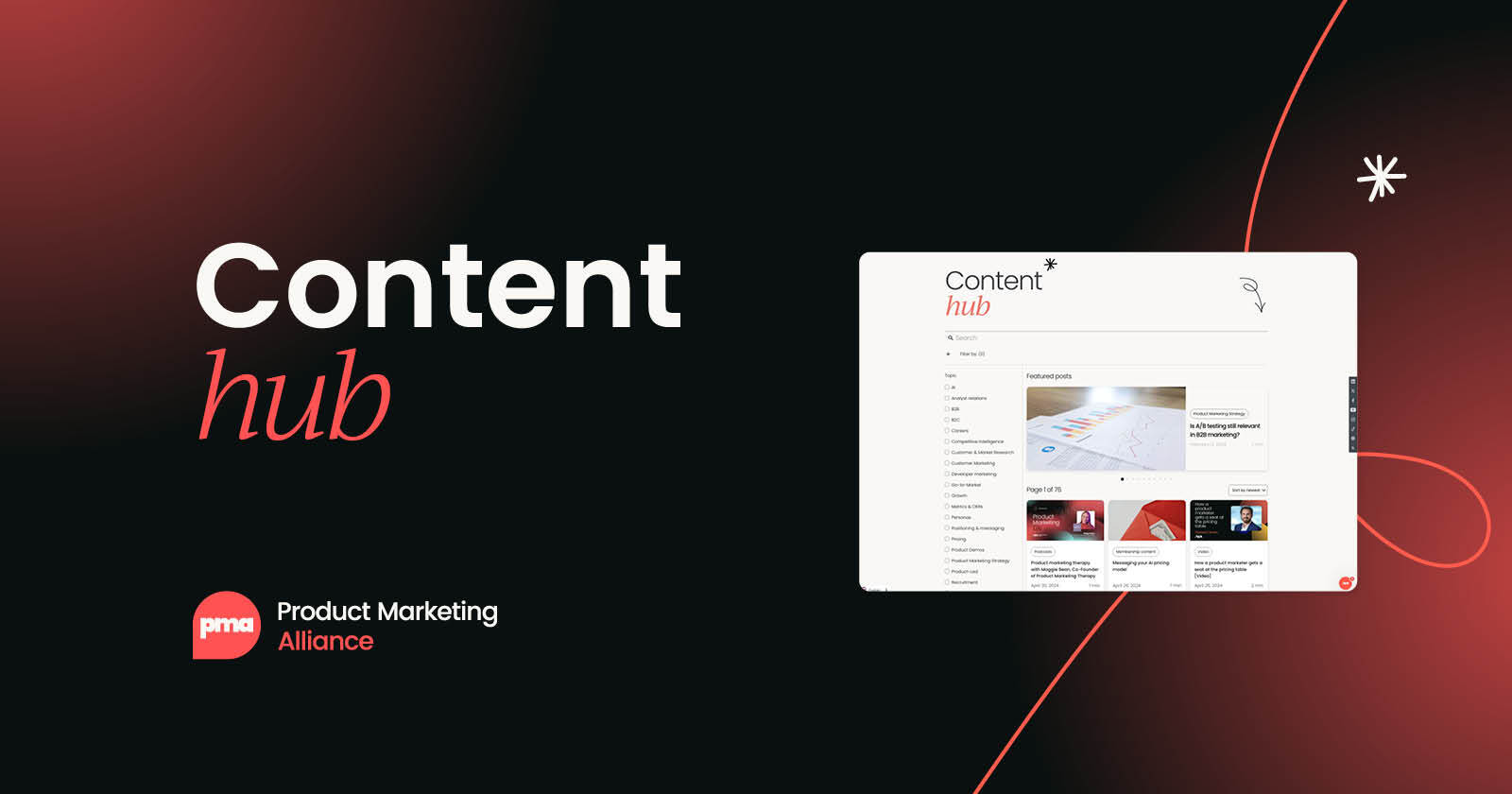

 Follow us on LinkedIn
Follow us on LinkedIn





.svg)
Start the conversation
Become a member of Product Marketing Alliance to start commenting.
Sign up now